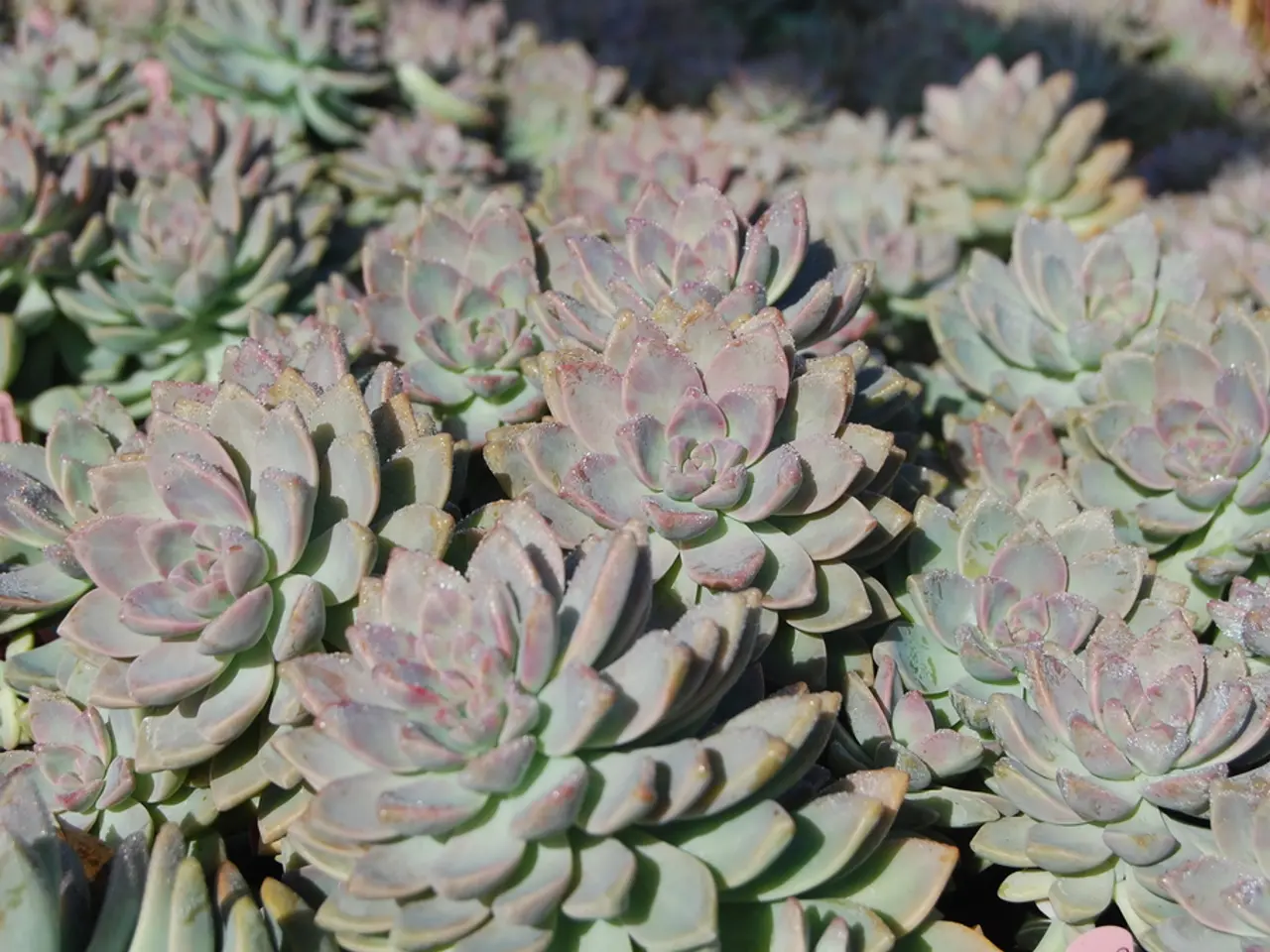Top 34 Indoor Plants Thriving in Low Light Conditions
Are you looking to bring some greenery into your home but struggle with limited sunlight? Worry not, as there are several hardy and easy-to-care-for plants that thrive in low-light conditions. Here's a selection of some of the best low-light indoor plants to brighten up your space.
Snake Plant (Sansevieria)
Known for its robustness, the Snake Plant is a popular choice for those with limited natural light. This very low-maintenance plant tolerates very low light and infrequent watering, making it an ideal option for busy households. Plus, it's known for improving air quality.
Pothos (Devil's Ivy)
Pothos is another great low-light plant, thriving in low to bright indirect light. With its easy-care nature and attractive trailing vines, Pothos is perfect for hanging baskets or shelves, adding a touch of green to even the dimmest corners of your home.
ZZ Plant (Zamioculcas zamiifolia)
The ZZ Plant is a tough and resilient option, well-suited to low-light environments and drought-prone conditions. This plant is a great choice for forgetful plant owners but be aware that it is toxic to pets.
Cast Iron Plant
As the name suggests, the Cast Iron Plant is known for its toughness and ability to thrive in dark corners. This hardy green plant is an excellent choice for adding some greenery to those hard-to-reach spots in your home.
Calathea Musaica
Calathea Musaica prefers indirect light and high humidity. Its leaves open and close with light levels, making it an interesting addition to your indoor space. However, it requires distilled or rainwater to prevent mineral build-up.
Begonia Rex
Begonia Rex adds a splash of colour in low light but requires careful watering to avoid root rot. Its unique foliage makes it a great conversation starter.
Parlor Palm (Chamaedorea elegans)
This classic low-light palm adds greenery and height to dim spaces, making it a great option for adding some tropical flair to your home.
Arrowhead Plant (Syngonium)
The Arrowhead Plant does well in shade and adds interesting foliage shapes to your indoor space. Its versatility makes it a popular choice for many indoor gardeners.
Spider Plant
The Spider Plant is a hardy plant that can grow up to ten feet long. It does well in any humidity level and only needs watering about once a week. Plus, it's known for its air-purifying properties.
For very low-light conditions, Snake Plant, ZZ Plant, Pothos, Cast Iron Plant, and Parlor Palm stand out as resilient, low-maintenance options suitable for homes with little natural sunlight.
However, it's important to note that some low-light plants like ZZ Plant and Rubber Plant are toxic to pets, so consider this if you have animals at home.
This list combines plants recognised for their low-light tolerance and ease of care, ideal for making indoor spaces green with limited sunlight. Happy planting!
Note: Dumb cane (dieffenbachia) is poisonous when eaten and toxic to pets and people, so it's best to avoid this plant if you have children or pets. Prayer plant does well in semidarkness but not in cold temperatures. Zebra cactus (hawthornia attenuata) is a succulent with black and white stripes on its leaves that needs very little water and does not require direct sunlight. The Bird's nest fern has a unique look to its leaves and will tolerate low-light environments. The Ponytail Palm (Beaucarnea recurvata) is adaptable and can grow in a variety of lighting conditions, making it a good choice for low-lit areas. Maidenhair fern is sturdy and does well in low light areas with moist soil.
- The Snake Plant, Pothos, ZZ Plant, Cast Iron Plant, and Parlor Palm are resilient and low-maintenance plants suitable for homes with limited sunlight, making them ideal for brightening up spaces with minimal natural light.
- ZZ Plant and Rubber Plant are toxic to pets and should be avoided in homes with animals.
- Dumb cane (dieffenbachia) is poisonous and should be avoided if you have children or pets due to its toxicity.
- The Bird's nest fern, Ponytail Palm, Maidenhair fern, and Zebra cactus are also low-light plants that add unique appearances to indoor spaces and require minimal care, making them popular choices for indoor gardeners.




